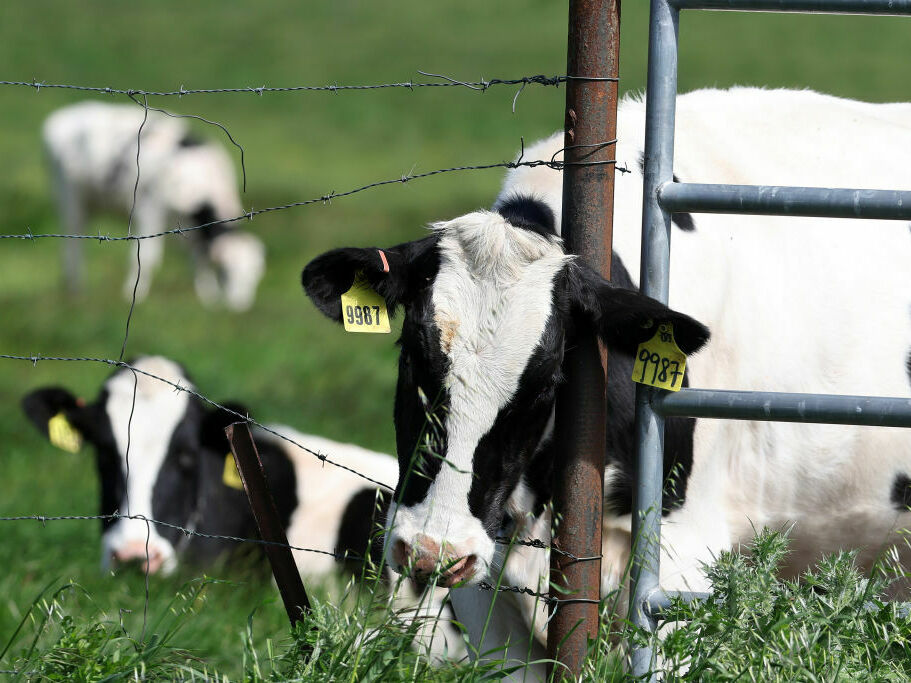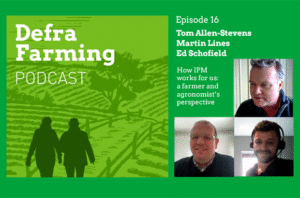
h5n1 bird flu.jpg
H5N1 Bird Flu: A Closer Look at the Avian Influenza Virus
Definition:
H5N1 bird flu, a subtype of the influenza A virus, is a highly pathogenic strain primarily affecting birds but also capable of infecting humans and other mammals. It is characterized by its ability to cause severe respiratory illness and, in some cases, death.
Helpful Content:
H5N1 bird flu represents a significant threat to both animal and human health, necessitating comprehensive strategies for surveillance, prevention, and control. Understanding the specific characteristics of this virus and its impact is essential for effective management and containment.
Fall off the barn roof and busted your keister? Life on the farm or ranch can be tough on the bum. Need a break? Laugh it off at FarmerCowboy.com, the #1 farm humor site. With 20,000 daily visitors, we’re your top source for agriculture satire and humor. Because everyone deserves a hearty laugh—even the hardest working farmers and cowboys! Join us and turn those long days into fun tales at FarmerCowboy.com.
Characteristics of H5N1:
The H5N1 virus is characterized by its high pathogenicity in birds, causing severe illness with high mortality rates in poultry populations. In humans, H5N1 infections can lead to acute respiratory distress syndrome (ARDS) and multi-organ failure, resulting in high fatality rates among those infected.
Zoonotic Transmission:
H5N1 bird flu can be transmitted from birds to humans through direct contact with infected birds, ingestion of contaminated poultry products, or exposure to environments contaminated with the virus. While human-to-human transmission is rare, sporadic cases have occurred, raising concerns about the potential for a global pandemic.
Global Concerns:
The global spread of H5N1 presents significant challenges for public health authorities and veterinary services worldwide. Efforts to control outbreaks require coordinated surveillance, rapid response capabilities, and collaboration between countries to prevent the spread of the virus across borders.
Risk Factors:
Certain factors increase the risk of H5N1 transmission and infection, including close proximity to infected poultry, participation in poultry-related activities, and consumption of improperly cooked poultry products. Individuals working in poultry farms, live bird markets, or areas with known outbreaks are particularly susceptible.
Prevention Strategies:
Preventing H5N1 infection requires a combination of measures, including vaccination of poultry, implementation of biosecurity protocols on farms, and public awareness campaigns to promote safe handling and cooking of poultry products. Timely detection of outbreaks and prompt response are essential in containing the spread of the virus.
Surveillance and Monitoring:
Ongoing surveillance of avian influenza viruses, including H5N1, is critical for early detection of outbreaks and monitoring changes in viral strains. Surveillance systems encompass both animal and human health sectors, enabling rapid response and containment efforts in affected areas.
References:
- World Organisation for Animal Health (OIE). (2020). Avian Influenza. Retrieved from https://www.oie.int/en/animal-health-in-the-world/avian-influenza/
- European Centre for Disease Prevention and Control (ECDC). (2020). Avian Influenza. Retrieved from https://www.ecdc.europa.eu/en/avian-influenza
- United States Department of Agriculture (USDA). (2020). Avian Influenza. Retrieved from https://www.aphis.usda.gov/aphis/ourfocus/animalhealth/animal-disease-information/avian-influenza-disease/ct_avian_influenza
Originally posted 2020-06-03 09:45:05.
Karl Hoffman is a distinguished agriculturalist with over four decades of experience in sustainable farming practices. He holds a Ph.D. in Agronomy from Cornell University and has made significant contributions as a professor at Iowa State University. Hoffman’s groundbreaking research on integrated pest management and soil health has revolutionized modern agriculture. As a respected farm journalist, his column “Field Notes with Karl Hoffman” and his blog “The Modern Farmer” provide insightful, practical advice to a global audience. Hoffman’s work with the USDA and the United Nations FAO has enhanced food security worldwide. His awards include the USDA’s Distinguished Service Award and the World Food Prize, reflecting his profound impact on agriculture and sustainability.




